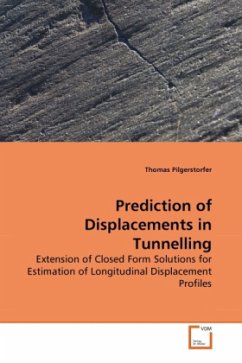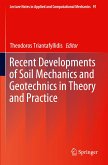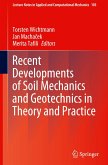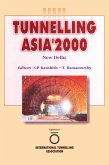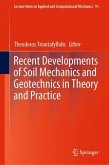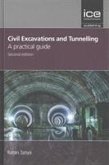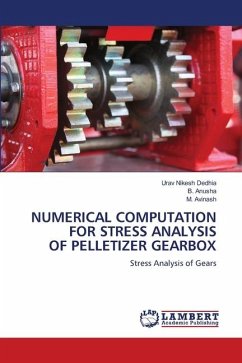When dealing with tunnels in difficult ground conditions, the ability to correctly predict the development of displacements, their magnitude and spatial orientation is of tremendous importance for a save and economical tunnel design. One of the major shortcomings of 2D approaches for underground excavation design is the (mostly) inadequate modelling of the effects of the face advance. Although they may roughly estimate the evolution of the displacements towards their final value, none of the 2D solutions provide information about the pre-relaxation the ground has undergone. The method presented in this book represents an easy-to-implement tool allowing fast assessment of displacement development for a circular cavity in a Mohr-Coulomb material under hydrostatic loading. A numerical parametric study on a 3D model has been performed. Based on the displacement data the respective fictitious support pressures have been back-calculated, using a closed-form solution, thus allowing the establishment of three interpolation relationships. The knowledge of the shape parameters for an arbitrary set of mechanical parameters allows the calculation of the displacement path.
Bitte wählen Sie Ihr Anliegen aus.
Rechnungen
Retourenschein anfordern
Bestellstatus
Storno

